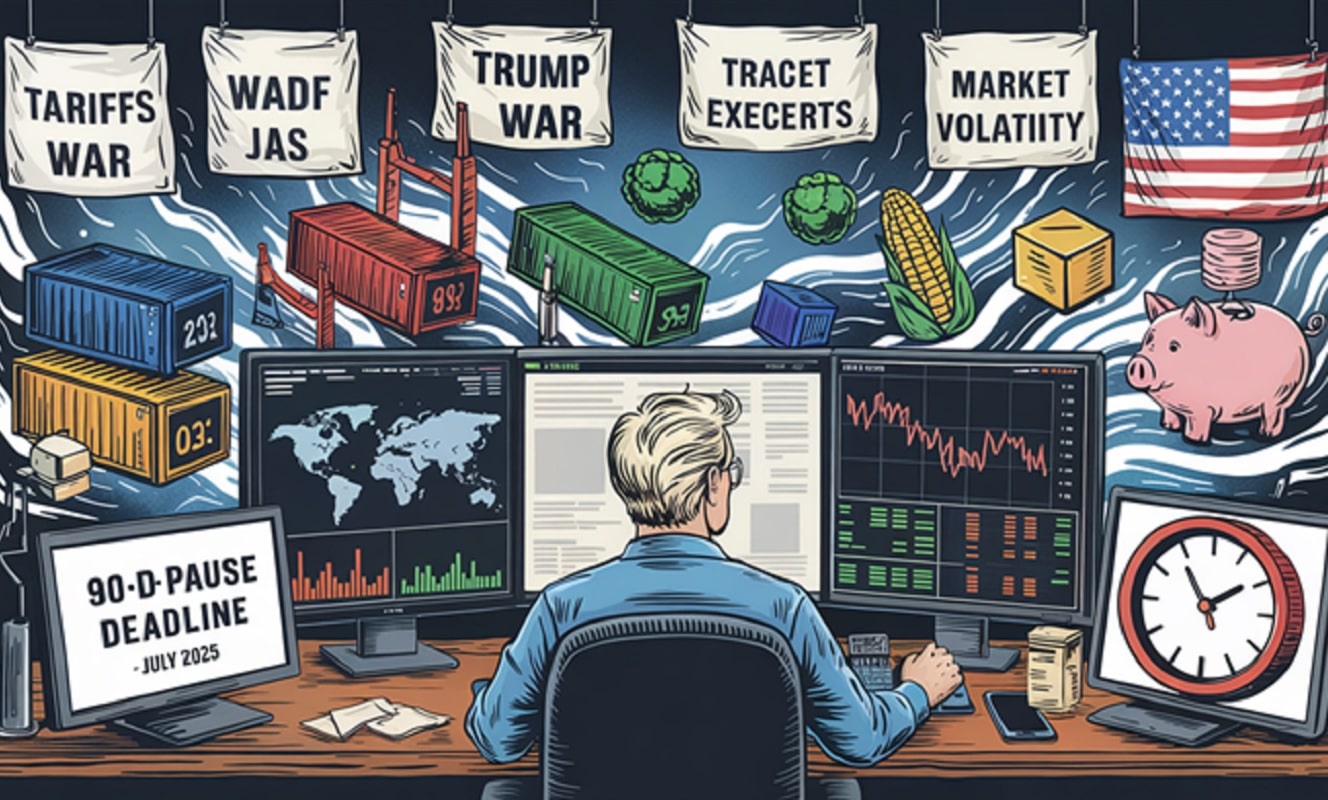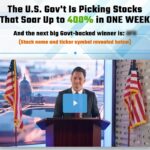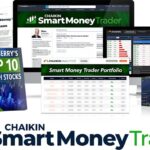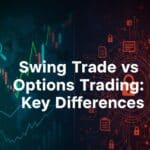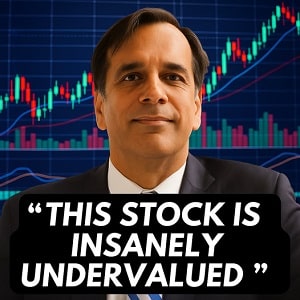Discover strategies for investors to navigate the challenges posed by Trump tariffs in April’s fluctuating market landscape.
Introduction
Global investing in April 2025 is really being dictated by the fallout from President Trump’s hardline trade policies.
Since his return, a constant stream of tariff news has kept markets on edge and guessing, forcing investors to rethink their game plans and get ready for potential economic bumps.
That ‘Liberation Day’ announcement back on April 2nd was a key moment, introducing wide new baseline tariffs plus specific ‘reciprocal’ ones targeting various trading partners. While they did hit pause for 90 days on the higher reciprocal rates for most countries (China didn’t get that break), it feels like temporary relief at best. The underlying friction and the sheer size of the tariffs already imposed or threatened are still the main things weighing on market confidence and economic outlooks.
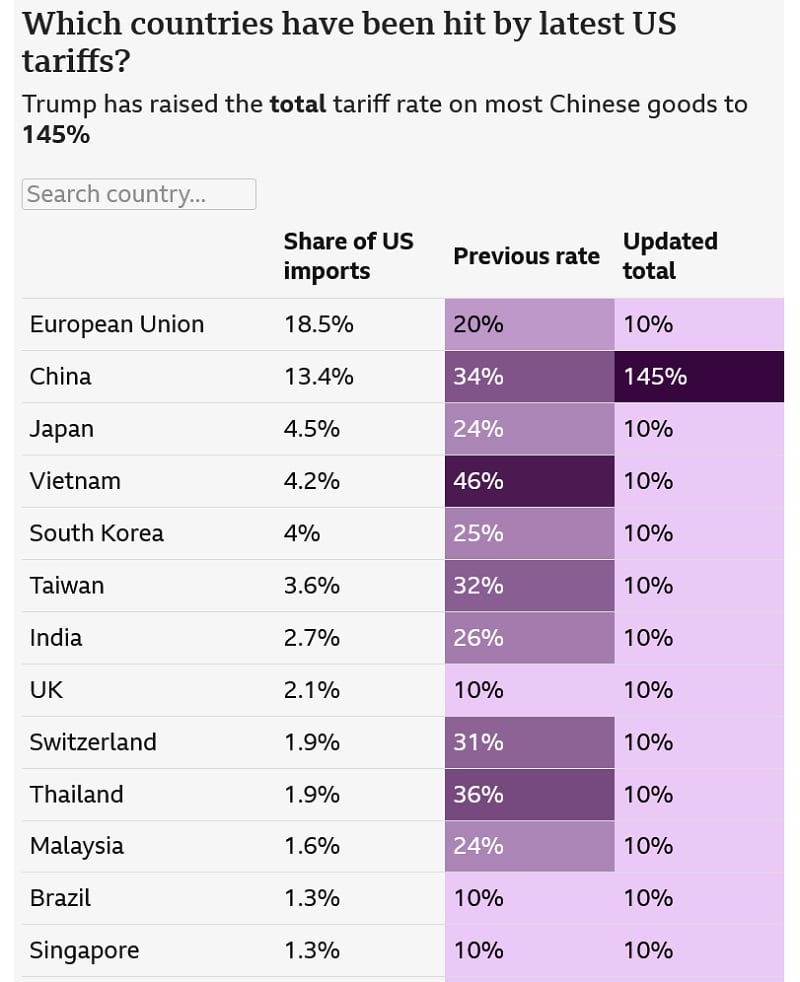
Source: BBC.
Sector Divergence: Identifying Winners and Losers
The impact of tariffs is not uniform across the economy. Investors must analyze potential winners and losers:
- Sectors Under Pressure (Losers):
- Importers & Retail: Companies heavily reliant on imported goods, especially from China and other high-tariff regions (e.g., apparel, electronics retailers like Nike, Target, Best Buy), face margin pressure or must pass costs to consumers.
- Manufacturing (Global Supply Chains): Industries like automotive, which depend on complex international supply chains for parts and materials, are hit by direct tariffs (steel, aluminum, auto parts) and disruptions. Manufacturers using imported inputs face higher costs.
- Agriculture: American farmers frequently end up in the crosshairs during trade fights. When other countries retaliate, they often target US farm products like soybeans, corn, or pork, which really hurts farmers and related businesses financially.
- Technology Hardware: Companies producing tech hardware are dealing with a lot of unpredictability. Even with some temporary tariff waivers, existing tariffs on Chinese goods and the general messiness and risk in their complex supply chains create ongoing headaches.
- Logistics: Reduced trade volumes and supply chain shifts create challenges for transportation and logistics providers.
- Potential Relative Winners & Resilient Sectors:
- Domestic Producers (Tariff Shielded): S. industries like steel, aluminum, or oil and gas could score a win under these tariffs—they’re shielded from cheaper foreign rivals, if American buyers keep buying. But here’s the twist: tariffs might backfire. If the cost of their own supplies spikes (think imported machinery or materials) or the economy crashes, even these “protected” sectors could stumble. Take Tesla: by building cars mostly in the U.S., they’re less exposed to import chaos than rivals relying on overseas parts. Still, no one’s bulletproof.
- Services: Less directly impacted by goods tariffs, but vulnerable to a general economic slowdown and reduced business/consumer confidence.
- Defensive Sectors: Healthcare (especially insurers), utilities, and consumer staples tend to hold up better during economic uncertainty and market volatility, as seen in early April trading.
- Resilient Companies: Businesses with strong pricing power, robust balance sheets, diversified supply chains, a primarily domestic focus, or those providing essential goods/services are better positioned.
Investment Strategies for Turbulent Times
Navigating this market requires more than just reacting to headlines. A strategic, long-term approach is paramount:
- Embrace Discipline, Shun Panic: Volatility is the price of admission. Avoid emotional decisions driven by fear or greed. Stick to a well-defined investment plan aligned with long-term goals and risk tolerance. Market timing is notoriously difficult; time in the market remains crucial.
- Diversification is Key: Spread investments across asset classes (equities, bonds, alternatives, cash), geographic regions, and sectors. This won’t eliminate risk but can cushion portfolios against concentrated losses. The recent volatility highlighted the value of bonds and alternatives (like gold or market-neutral strategies) in offsetting equity declines.
- Revisit Asset Allocation:
- Equities: Maintain strategic exposure but consider tilting towards quality (strong balance sheets, stable cash flows) and defensive sectors (healthcare, staples, utilities). Scaling into positions on weakness may be prudent rather than making wholesale changes.
- Fixed Income: Bonds play a critical role in stabilizing portfolios. Rising yields during selloffs can present buying opportunities. Focus on high-quality bonds. Consider short-term fixed income for liquidity management.
- Alternatives & Real Assets: Gold has proven its safe-haven appeal. Commodities can offer inflation hedging but are volatile. Private markets might offer niche opportunities (e.g., private credit) but face increased deal flow uncertainty and valuation risks.
- Cash: Holding an adequate cash buffer (e.g., 6-24 months of needed expenses/income shortfall) provides liquidity, prevents forced selling during downturns, and allows for seizing opportunities.
- Focus on Fundamentals: Prioritize companies with resilient business models: strong pricing power, diversified and adaptable supply chains, solid balance sheets, and less dependence on tariff-impacted inputs or export markets facing retaliation. Domestic-focused companies may face fewer direct headwinds.
- Hedging Considerations: While complex and not suitable for all, sophisticated investors might employ strategies using derivatives. Options on indices (like protective puts) can hedge broad market downside. Futures contracts can manage specific commodity price risks (e.g., agriculture, metals) or currency fluctuations (e.g., hedging USD exposure or speculating on safe-haven currencies). However, for most investors, diversification across asset classes provides the most practical hedge.
The Road Ahead: July Deadline and Long-Term Shifts
The immediate focus is the expiration of the 90-day pause on reciprocal tariffs in early July 2025. Several scenarios are possible: successful negotiations leading to reduced or eliminated tariffs for some countries; full implementation of the higher reciprocal rates if talks fail; or even further escalation, particularly with China. This deadline injects significant near-term uncertainty.
Beyond the immediate future, these policies may catalyze longer-term structural shifts. The concept of “ReGlobalization” – prioritizing supply chain resilience, security, and regional partnerships alongside efficiency – may gain permanence. Businesses are actively diversifying away from concentrated geopolitical risks, potentially leading to higher structural costs but more robust operations. The era of hyper-optimized, lowest-cost-at-all-risks global supply chains may be evolving. A sustained period of protectionism could impact long-term productivity, innovation, and the overall global trade architecture.
Conclusion
Investing in April 2025 feels tricky, no doubt about it, especially with these Trump tariffs muddying the waters. We’re seeing markets jump around a lot, it’s hard to predict the next policy shoe to drop, and the overall economy is sending mixed signals. These aggressive tariffs have definitely thrown a wrench into global trade and made the economic future look pretty hazy. Still, the smart play involves really understanding the specific tariffs being used, thinking through their likely effects, and watching how businesses and the market react. That’s your basis for making decent decisions.
The fundamentals haven’t changed: you need discipline, diversification (don’t put all eggs in one basket!), and a long-term view. But you might also want to lean towards companies known for quality and resilience, and keep adjusting for new risks as they appear. Doing this helps get through the current choppy waters and be set up for whatever comes next.
FAQ: How Investors Can Tackle the Trump-Tariff Market in April
What should I do if my portfolio includes companies hit hard by tariffs (e.g., retailers, manufacturers)?
Assess their exposure to tariff-affected imports or export markets. Look for companies actively diversifying supply chains, raising prices, or pivoting to domestic production. If they lack flexibility, consider rebalancing toward sectors with more resilience (e.g., healthcare, utilities) or companies with strong pricing power.
Are tariffs making U.S. stocks riskier than international ones?
Not necessarily. While U.S. tariffs disrupt global trade, retaliation and economic uncertainty create risks everywhere. Diversify across regions, but prioritize companies with localized supply chains or those benefiting from regional trade blocs (e.g., USMCA for North America).
Should I sell stocks before the July 2025 tariff deadline?
Avoid timing the market. Instead, ensure your portfolio is diversified and aligned with long-term goals. Use volatility to add quality stocks at lower valuations, and hold cash to seize opportunities if tariffs escalate.
How can I invest in “ReGlobalization” trends sparked by tariffs?
Look for companies building regional supply chains (e.g., nearshoring in Mexico/Canada), investing in automation, or specializing in logistics/resilience. ETFs focused on infrastructure, cybersecurity, or domestic manufacturing could capture this shift.
Do tariff exemptions (e.g., electronics, energy) offer safe investment opportunities?
Temporarily, but exemptions are fluid and politically charged. Focus on companies with adaptable operations (e.g., dual sourcing for parts) rather than relying on short-term exemptions. Be cautious—even exempt sectors face indirect risks from broader economic slowdowns.
How do tariffs impact bond investments? Should I adjust my fixed-income holdings?
Tariffs can drive inflation fears (raising bond yields) or recession fears (lowering yields as investors flee to safety). Stick to high-quality bonds (e.g., Treasuries) for stability. Avoid bonds of companies with heavy tariff exposure (e.g., import-dependent retailers). Short-duration bonds may help navigate rate volatility.
Are agricultural stocks a lost cause due to retaliatory tariffs?
Not entirely, but tread carefully. Focus on agribusinesses with diversified markets (e.g., selling to non-tariff regions) or those benefiting from domestic demand (e.g., ethanol producers). Avoid exporters heavily reliant on China or the EU until trade tensions ease.
What if I’m a small investor with limited funds? How can I adapt?
Prioritize low-cost ETFs that spread risk across sectors or regions (e.g., defensive sector ETFs, U.S. manufacturing ETFs). Use fractional shares to invest in resilient companies incrementally. Avoid overconcentration in volatile sectors like tech hardware or retail.
How will the de minimis rule changes affect e-commerce stocks?
Companies reliant on cheap Chinese imports (e.g., fast-fashion platforms, budget electronics sellers) face higher costs and may struggle to compete. Look for e-commerce players pivoting to U.S. suppliers or niche markets unaffected by tariffs (e.g., digital services, luxury goods).

